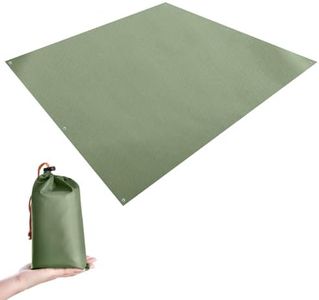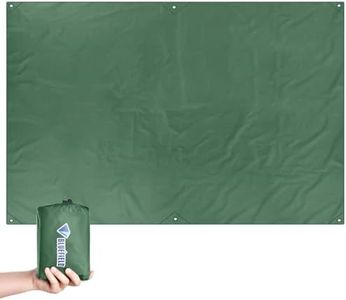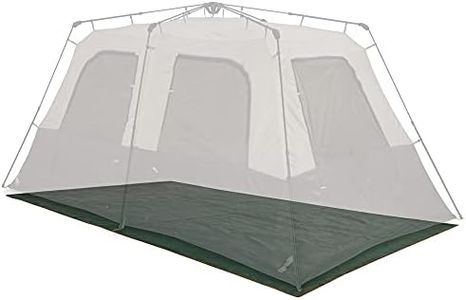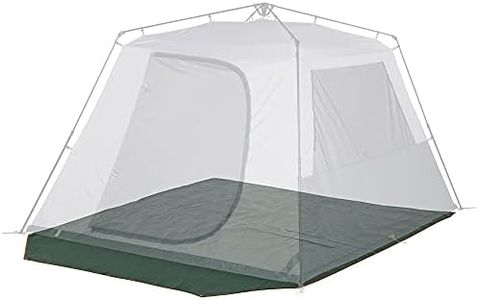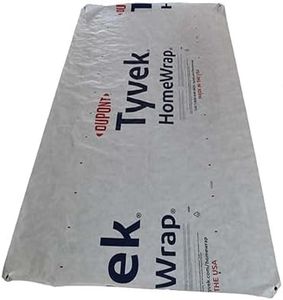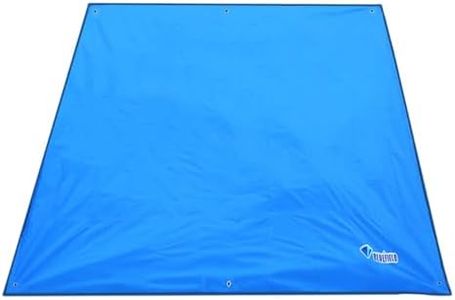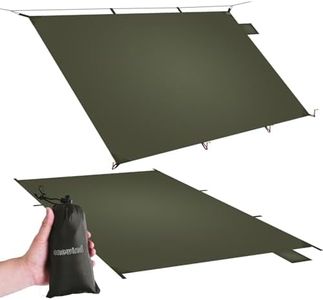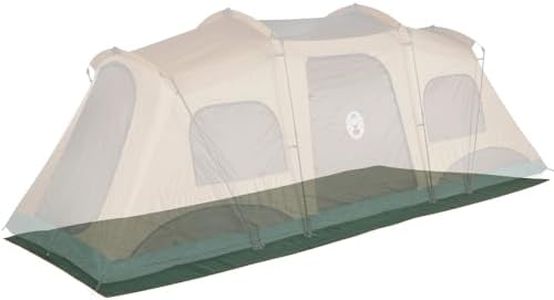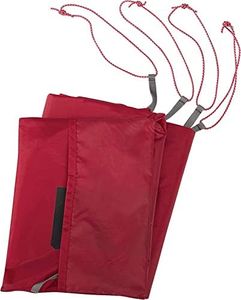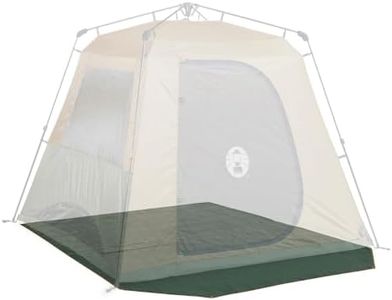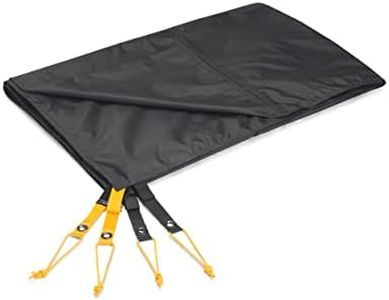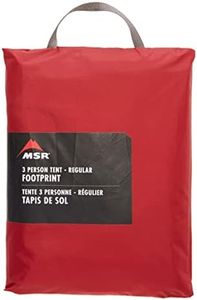We Use CookiesWe use cookies to enhance the security, performance,
functionality and for analytical and promotional activities. By continuing to browse this site you
are agreeing to our privacy policy
10 Best Tent Footprints
From leading brands and best sellers available on the web.Buying Guide for the Best Tent Footprints
Choosing the right tent footprint is a smart way to protect your tent and extend its lifespan. A tent footprint is a groundsheet that goes under your tent, providing a barrier against moisture, sharp objects, and rough ground. When buying a footprint, consider how you’ll use your tent and the terrain you’ll encounter. The main features to think about help ensure the best match between your tent, the footprint, and your style of camping.MaterialMaterial refers to what the footprint is made from, and this affects its durability and weight. Most are made of polyester, nylon, or polyethylene. Polyester and nylon are lightweight and packable, while polyethylene is tougher and more resistant to abrasion but heavier. If you hike and carry your gear, a lighter material is suitable, but for car camping or rough conditions, a more robust option will be better.
Size and FitSize and fit mean how closely the footprint matches the shape and size of your tent’s floor. Some footprints are custom-fitted to specific tent models and cover only the tent base, while others are generic and may need to be folded or cut down. A footprint that’s too large will stick out and channel water under your tent, but one that’s too small won’t protect the full floor. Match the footprint as closely as possible to your tent’s base for optimal protection.
Waterproof RatingThe waterproof rating tells you how well a footprint will keep water from seeping through. This is usually measured by a 'hydrostatic head' in millimeters (for example: 1500mm, 3000mm, etc.). The higher the number, the better the water resistance. For dry environments, a lower rating may suffice, but if you often camp in wet conditions, aim for a higher number to stay dry.
Weight and PackabilityWeight and packability are especially important for backpackers. Lighter footprints are easier to carry but may be less durable and protective in rocky or rough-ground camping. Heavier options are better for car camping or when camping in demanding terrain where good protection is a priority. Think about how far you’ll need to carry your gear to decide how much weight and bulk makes sense for you.
Attachment MethodThe attachment method refers to how the footprint stays in place under your tent. Some footprints connect to your tent's poles or use grommets and clips, keeping the layers aligned, while others just lay underneath. Secure attachments help prevent shifting in windy conditions and are handy if you set up or take down your tent frequently. If ease of setup is key for you, check that the attachment system matches your preferences.

